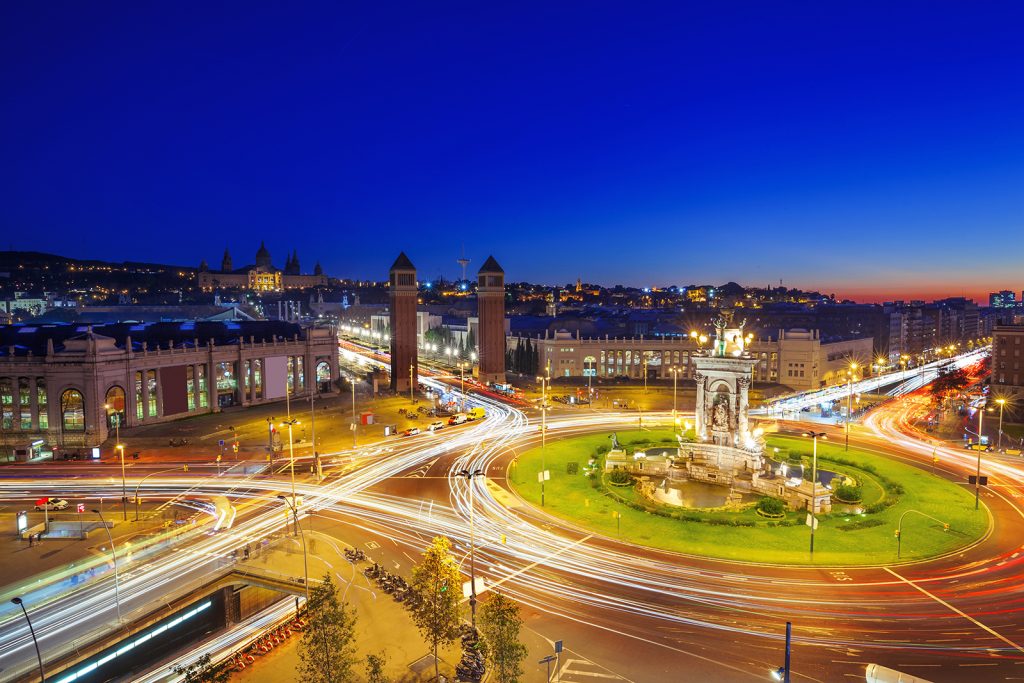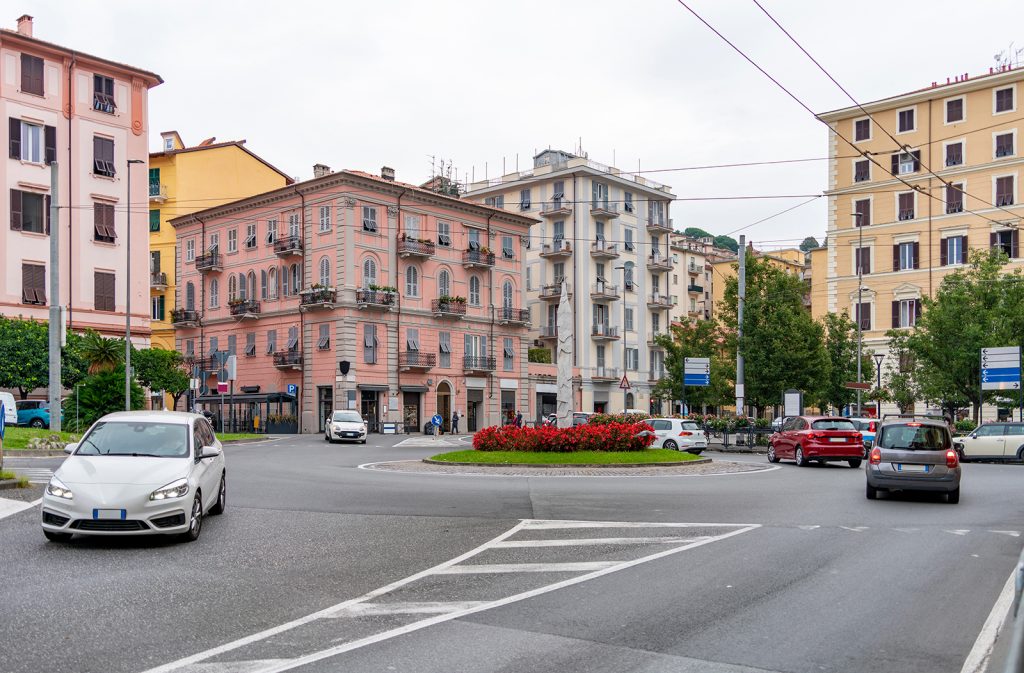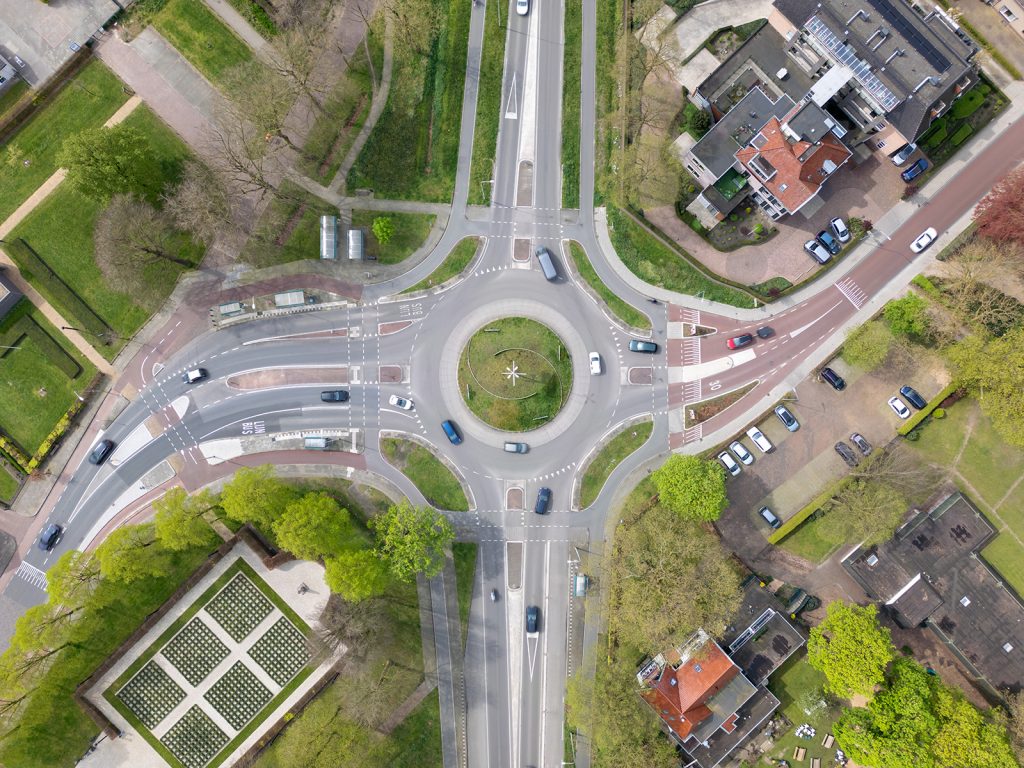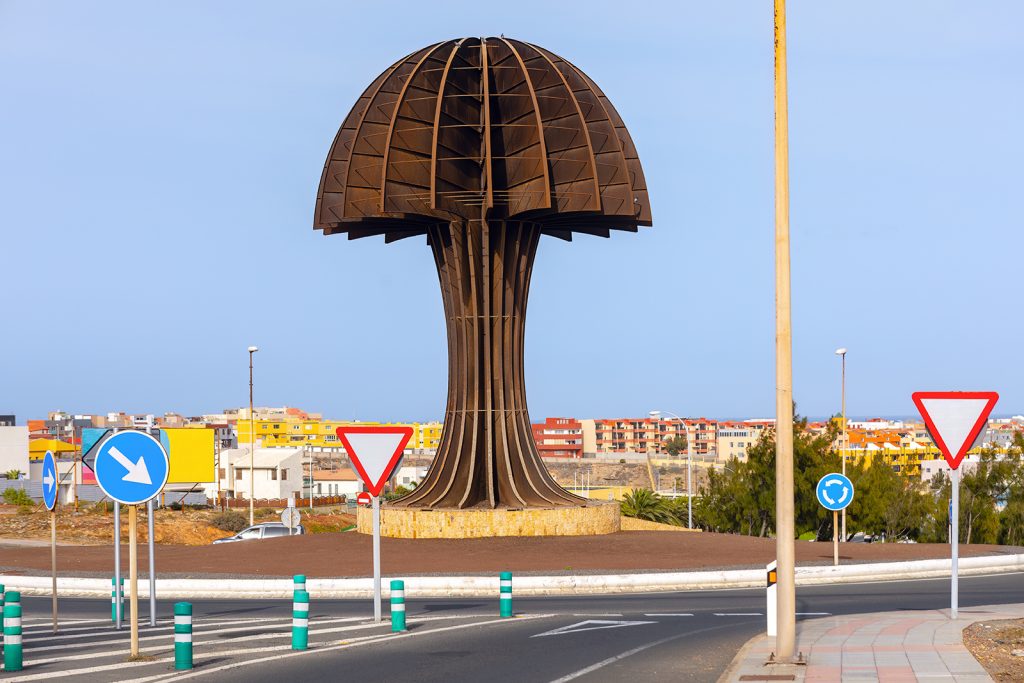Roundabouts can be an alternative to traffic lights, a reflection of excessive urban development policies or an indecipherable enigma for drivers. They are a basic road element, but they often generate debate, both due to suspicions about their need or their proliferation and the way they are approached. Drivers hesitate when facing them and institutions often update the instructions for their correct use.
DiscoverCars.com, a rental car search engine, recently analyzed the number of roundabouts in each country – using OpenStreetMap and counting as one those that include several – and has revealed which countries have the most per capita or per square kilometer. France is in first place, with a total of 42,986 roundabouts, which means about 663.8 roundabouts per million people, followed by the United Kingdom, Italy and Spain.
But, beyond the number of roundabouts, it is worth clearing up some common questions drivers have about these infrastructures. For example, when is it necessary to use the turn signal at roundabouts? How should you enter to exit depending on which direction you are going in? More than half of drivers still use them incorrectly, according to estimates by the General Directorate of Traffic (DGT) in Spain. This meant that between 2015 and 2019, 45,000 accidents with victims were recorded at roundabouts, with 317 deaths and more than 58,000 injuries of varying severity. This was recorded in a report by Associated European Motorists, which also revealed that almost 10% of accidents with victims occur at roundabouts.

It is therefore urgent to focus on how to approach them safely. The regulations are generally the same in almost all countries. There are some particularities (such as the outside bicycle lane in The Netherlands or the so-called French roundabouts, where the right of way is given to those entering and novice drivers are prohibited from driving) and there are examples of places where this road element becomes a jungle and it is every man for himself.
Roundabouts are a type of intersection that is different from the rest, where “the general rule of right-hand priority does not apply, since priority is given to those who are already inside the intersection (provided that a sign – a traffic light, for example – does not say otherwise),” explains the DGT regarding its operation in Spain. This body establishes three key moments: entry, internal circulation and exit. How to act at each one? The public entity gives a series of guidelines to follow, which are similar to the indications given by the police and those of road safety experts.
The most critical moment is the entrance. The approach and access to the roundabout is where more than half of accidents occur (54%), according to a study by the insurance company AXA. “When we approach a roundabout, we must look to the left, be patient and not rush. We will reduce our speed, adapting it to the signage and traffic on the road we are driving on. And we will never enter the roundabout without being sure that we can do so safely,” says the DGT.

We must always give priority to vehicles that are already on the road, they argue. This means that we must give way, “even stopping our vehicle if necessary”, and, once inside, we must drive on the outer lane whenever it is free, using the other lanes to overtake. “In roundabouts located within urban areas, we are allowed to drive using the lane that best suits our destination, although, if we are going to leave the roundabout via the first exits, the most advisable option is to use the outer lane”, they point out.
When taking the last exits or changing direction, “the outside lane may not be the best option at busy roundabouts,” the agency explains, warning that “in these cases, it is best to use the inside lanes —if there are any—, gradually looking for the outside lane before reaching the exit, signaling each lane change and respecting the priority of other vehicles.” And when traffic makes it impossible to change to the outside lane in time, the safest thing to do is to go around again to find the right position, they clarify. “As we approach our exit, we must be positioned in the outside lane and signal the exit so that other drivers know that we are leaving the roundabout,” they specify.
A frequently asked question is whether it is permitted to exit the roundabout from the inside lanes. “The answer is no, as a general rule. The rule requires that you exit from the right outside lane to avoid one of the classic violations at roundabouts: ‘crossing’ from the inside lane, a maneuver that can cause a collision with a vehicle traveling in compliance with regulations,” the Spanish entity points out.

“If, when approaching the roundabout, we see a group of cyclists traveling on it, we must remember that we must consider this group as a single vehicle, giving way to all the members of this group,” they point out, giving another possible situation: “Large vehicles (trucks, buses, etc.) may need to occupy more than one lane, especially when entering and leaving the roundabout. They must do so by signaling the maneuver and respecting the right of way of vehicles traveling on other lanes.”
In no case is it permitted to drive straight through roundabouts, as if they were a curve on a circuit. “Infringements such as this are considered serious and are punishable by a fine of up to 200 euros and four points on the driving license,” they point out. “Similarly, we can be fined if we interfere with the path of another vehicle or create a risky situation.”
The most frequent accidents or problems at roundabouts occur when a vehicle traveling on an inner lane tries to exit the roundabout from that lane, cutting off the path of vehicles traveling on the right (outer). That is why extreme caution must be taken: “And when traveling on urban roads, when entering a road leaving a roundabout (just as when turning at an intersection), it is common to find a pedestrian crossing. We must be extremely careful, respecting the right of way and the safety of pedestrians.”

Looking at these indications and the number of publications on the subject, one thing is clear: roundabouts continue to generate debate, regardless of whether they are considered a necessity or a whim, despite the fact that the regulations in Spain and in other countries around us “are clear and not too complex to assimilate”. In short, it is a matter of respecting the regulations. Regarding the proliferation of this type of construction, the extra features some of them have and the eagerness to include them in urban planning plans, on the other hand, nothing is said.